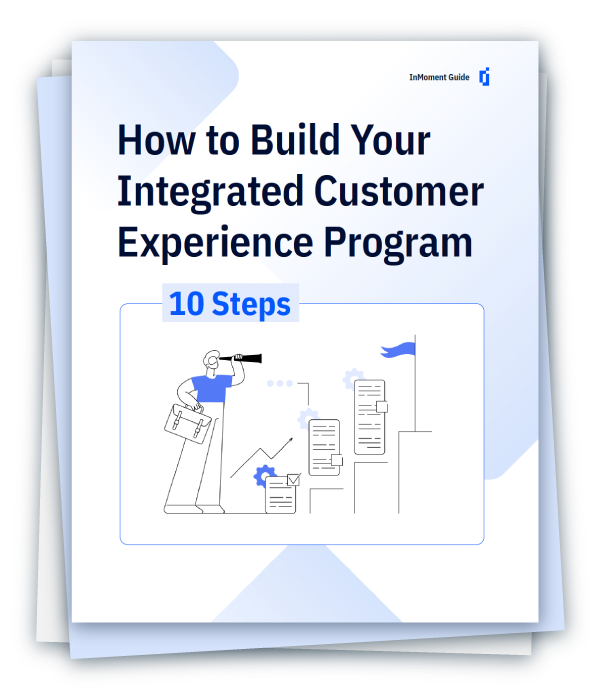Five Steps to a Successful, Anonymous Employee Experience Program

People are power when it comes to business. And taking the time to understand employee thoughts, feelings, and feedback can be a game changer. After all, your employees are the ones keeping the wheel running. And if they don’t feel supported in their goals, employees are three times more likely to be job hunting. A successful employee experience (EX) program, then, must be at the top of your priority chain—and a successful EX program is one that allows employees to remain anonymous.
Anonymity in your EX program primarily means ensuring that when employees are asked for feedback in any given manner, their identities are completely secure. Hence the phrase: anonymous employee experience/feedback. It’s extremely pivotal then that EX programs ensure employees feel safe and confident giving feedback so that the business can take action on that feedback and produce substantial outcomes as a result. However, reaching this gold standard status is no easy feat. So here’s a five step framework to lead you towards success:
- Design for Success
- Listen to Employees
- Understand the Data
- Transform the Company
- Realize Better Employee Experiences
Step #1: Design for Success
What does designing for success mean, exactly? Well, consider the work of a clothing designer. When they begin a new design, it’s often unique to a specific collection with a specific purpose. The same should go for your EX program. Every company is different, so designing for success actually means designing with your organization’s specific culture, feedback history, and technical capabilities in mind. And all of these aspects play into the level of employee anonymity needed to accrue genuine responses. Just remember that what will work for one business won’t necessarily work in the same way for another.
Step #2: Listen to Employees
Employee anonymity is non-negotiable. How can you get actionable, accurate feedback from employees if they’re afraid that if they use their voice, it will end in backlash? If you make it clear to the employees you’re surveying that their identities will be protected, you’re more likely to receive high quality feedback. And when employees feel comfortable giving feedback, you can focus more on deciding which listening channels are best to access critical intelligence.
Step #3: Understand the Data
Every six to twelve months, we recommend looking at the drivers of engagement, retention, and churn to see the change within your company. For example, noticing recurring themes for why employees are leaving can tell you about systemic organizational issues you may be having. Analyzing this data consistently helps you understand and eventually address what’s obviously not working in your program. And the crucial key to accessing data like that lies in assuring that employee respondents are unidentifiable. Which could mean hiding personal background information or using text analytics to avoid identifying someone through the way they write (in the case of a language barrier).
Step #4: Transform the Company
Before you take action, make sure that you’re transparent with your employees about your intentions. To address employee feedback effectively, you need to set clear expectations for how that feedback will contribute to transforming the company. Explaining that the information will be reported anonymously, what the information will be used for, and how exactly you plan on addressing their concerns allows for an honest conversation. If you speak and act truthfully first, employees are more likely to reciprocate.
Step #5: Realize Better Anonymous Employee Experiences
At last, it’s time to reflect on the benchmarks you set and act on the areas of opportunity for your program. Here are a few questions to lead you in the right direction toward EX program ROI:
- How many employees are churning now compared to when the program launched?
- Are employees happier at work compared to program launch?
- And would more employees recommend working for your company (eNPS)?
Based on how you answer, it’s time to move forward on realizing greater experiences for employees by prioritizing the security and benefits that come with employee anonymity.
The journey to an EX utopia is neverending, but returning again to this five step guide can help you reinvent your program closer and closer to that ideal. And if you’re interested in a more in depth guide to crafting the ultimate anonymous EX program, take a look at our white paper Just How Anonymous Is Your Employee Experience Program?



